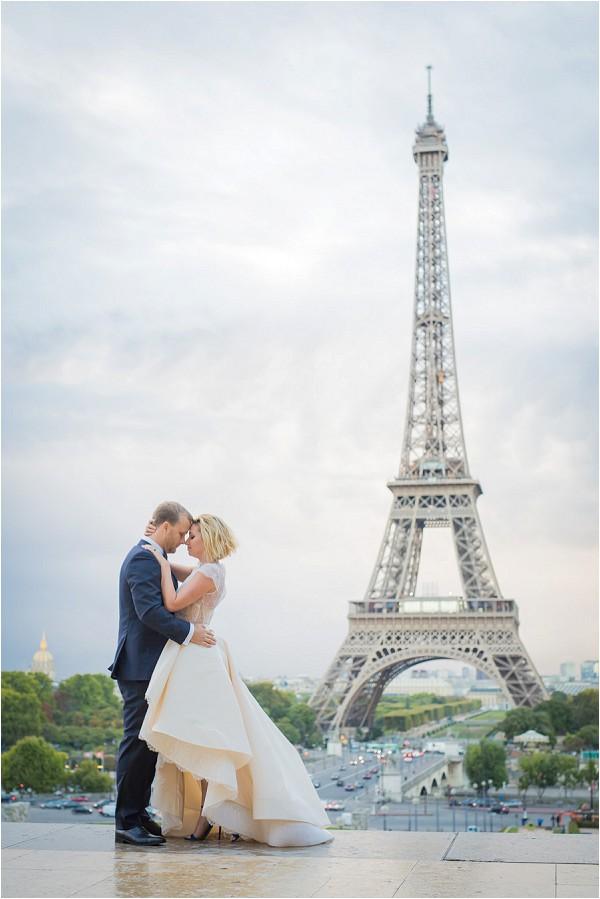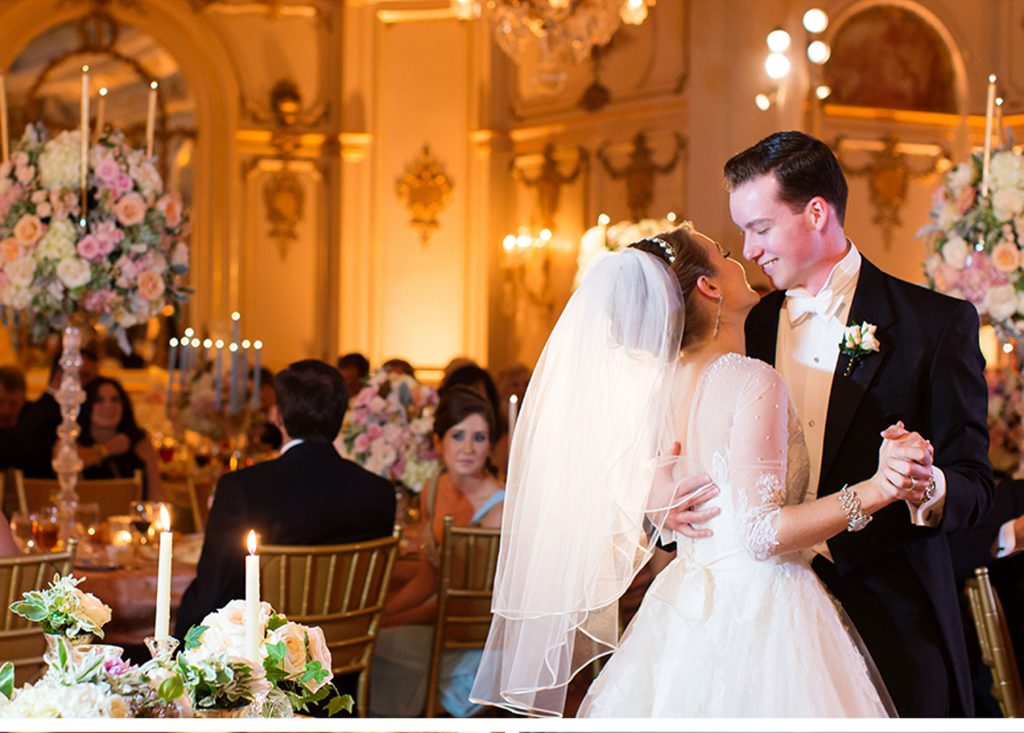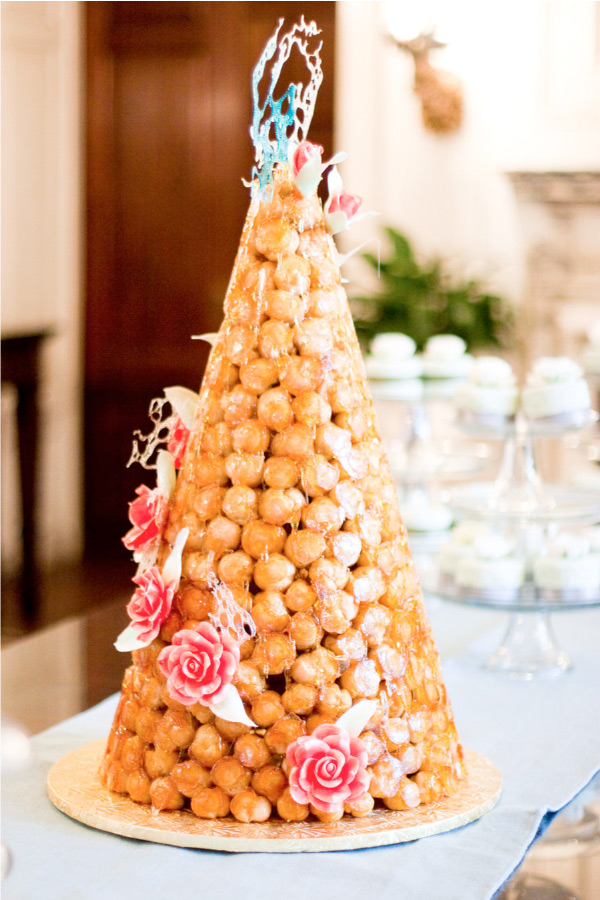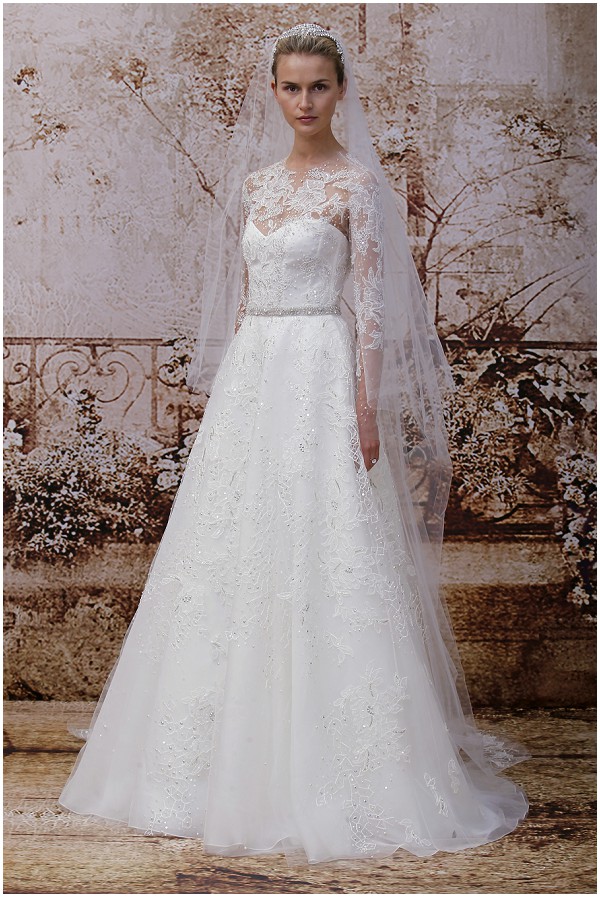
France is an excellent location for destination weddings. It has loads to offer in terms of venues, weather, and food and of course, outfits. But before heading to France for the big day, you must acquaint yourself with the wedding custom and tradition of the country. And for this, we’re here to help you. Below we’ve jotted down some common customs and traditions French people follow in their wedding.
You May Also Like To Read:
- Korean Wedding Traditions: A Union Of Two Families
- Japanese Wedding Traditions- Symbolize Purity and Obedience
- Greek Wedding Traditions- A Magnificent Blend of the West and the East
- Polish Wedding Traditions- An Amalgamation Of Modern And Traditional
The Invitation:
The French send out the invitation for the marriage months before the D-day. The invites are formal and pretty cards informing about the wedding. The religious wedding invites mention the religious ceremony at the church.
After receiving the invite, the guests have to let the invitees know how many people would be coming for the party by sending back the card with a note.
The Procession:
This tradition is followed in small towns of France. The groom arrives at the home of his bride early morning of their wedding. This is followed by a procession, which is headed by the musicians, the bride and her father followed by the groom and his family. The children block the path to the venue with white ribbon, which the bride has to cut along the way. This symbolizes making her way through the obstacles.
La Noce:
In La Noce, or the noce it is better known as, the guests have to follow the newlyweds wherever they go, whether it is the venue, the church or the dinner location. And it’s no simple trailing. They have to make as much noise as possible while. The walking is now replaced by a car procession, in which the cars of the guests follow the bridal vehicle with horns blowing all the way.
La Maire:
More of a legal obligation than a tradition. La Maire is a public event performed by the mayor of the town in which either the bride or groom resides. Basically, La Maire is done to prevent illegal weddings. It allows the person to speak out on what basis he/she is opposing the marriage. If the reasons cited by the opposing party are right, the marriage may be nulled. After the registration, the couple is given the official marriage document, which is a booklet called livret de famille. The booklet has plenty of space to note down the birth certificates of new members.
Religious Ceremony:
After La Maire, the couple can head to the hall or church for a religious ceremony. In the case of the chapel, the couple is made to sit on matching red chairs, which is placed under carre, a silk canopy. At the time of exit, the couple is showered with rice and grains for good luck.
Le Cortege:
The Le Cortege includes two traditions. The first is the groom taking his mother to the aisle before arriving at the altar for the wedding. This is followed by the rest of the wedding party. The second part of this tradition is the presence of the children, as the flower girls and boys.
Les Dragee:
Five Dragee or sugar coated almonds are given to each of the guests as return favors. The five almonds symbolize happiness, longevity, health, wealth and fertility. The presentation may have changed, but traditionally they were given in an organdy pound.
The Reception:
The religious ceremony is followed by a reception, which is attended by the near and dear ones of the couple. La Coupe de Marriage is a fun French wedding tradition, in which the newlyweds have to toast each other from a two-handled cup.
The first dance is inspired by the British tradition. It sees the bride and her father inaugurating the ball with a waltz. The father then makes way for the husband, and together, the bride and groom dance.
Good food and wine are the stars of the French wedding reception. And the onion soup is a staple on the menu. And in rural regions, a roast wild boar is customary.
Le Vin D’Honneur:
Le Vin D’Honneur or the cocktail reception is held after the main wedding reception. For Le Vin D’Honneur, the guests are invited to join the bride and groom for canapés and drinks. Close friends and families are made to stay for the dinner.
The Wedding Cake:
Many may not know, but the traditional three-tiered wedding cake originated in France. Along with this, another type of cake, called Croquembouche also originated in France. Croquembouche is a pyramid of buns filled custard and topped with caramel glaze. It came into being in the Middle Ages, when guests used to buy pastries and stacked them in a pile. It is also believed that if the couple could kiss over the pyramid of cake without knocking it over, they would have prosperous marriage. Croquembouche is not displayed, as it needs to be refrigerated.
The Wedding Night:
French wedding also involves a tradition in which the friends and cousins of the newlyweds interrupt the wedding night of the couple with a prank called chiverie in which they bang pots and pans. The pranksters would leave them alone only when the couple gives those treats and drinks.
The Wedding Dress:
Initially, the French women were asked to wear their best dress for the wedding, which could be customized for the occasion. The color of the dress was not a major factor, but black was usually avoided.
The white and off-white wedding gown was introduced in 1527. It was, and still is customary for the French bride to wear a veil as it is reused for the baptism of the first child.
The French also follow the British tradition of “something blue, something new, something borrowed, something old” minus “a silver in the shoe.” The groom wears a black suit or tuxedo. The flower boys and girls should be dressed in the same outfits.
The guests are also expected to come all dressed up for the wedding. It is implied that no other woman in the venue should wear a white dress. And they are supposed to dress up in a traditional and slightly conservative way. So nothing clingy or low cut.
A Few More French Customs And Traditions:
- On the day of the wedding, the bride takes a long shower to wash away thoughts of her precious lovers and love life.
- It is a French tradition for the groom to fetch the bride from her house and walk to the venue of the wedding.
- French brides carry fragrant flowers for their weddings to ward off evil spirits and freshen up the event.
- In the 14th century, the best man would attempt to steal the garter from the bride. The groom would take it from the best man and sell it off to the guests. This tradition is now replaced by throwing off the bouquets.
- The bride takes with her after the wedding some clothing like Sunday wear, linens, dresses and lingerie embroidered by the bride herself or her mother and stored in a chest hand-carved by her father. The chest is usually gifted to the girl in her teenage so that she can fill it up with important things.
There must be several other traditions that we might have missed. Let us know about it by commenting below!








